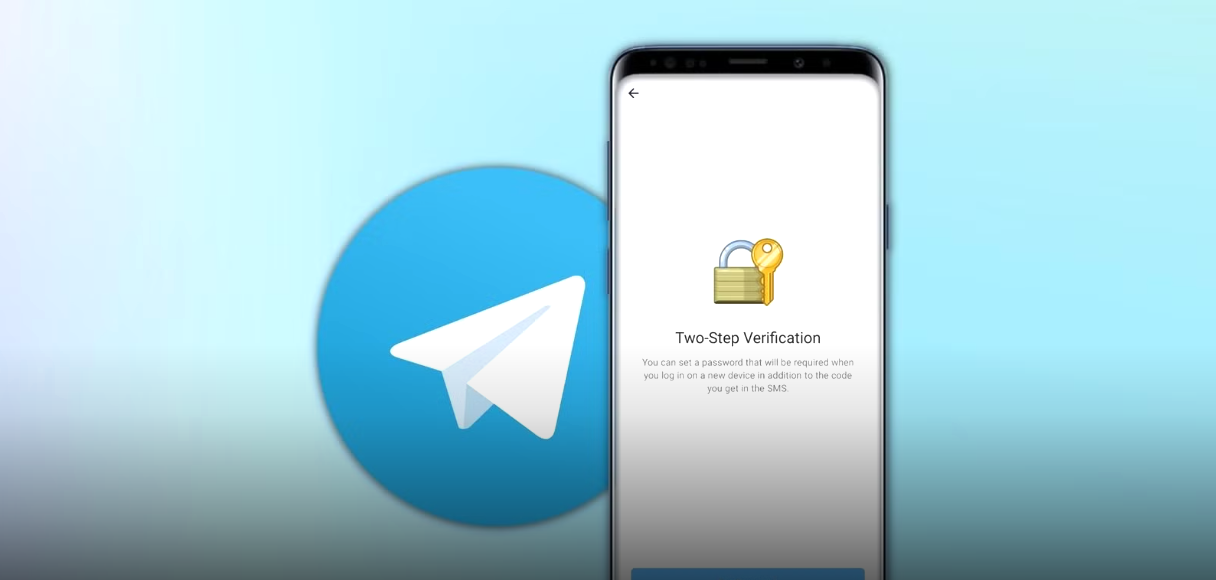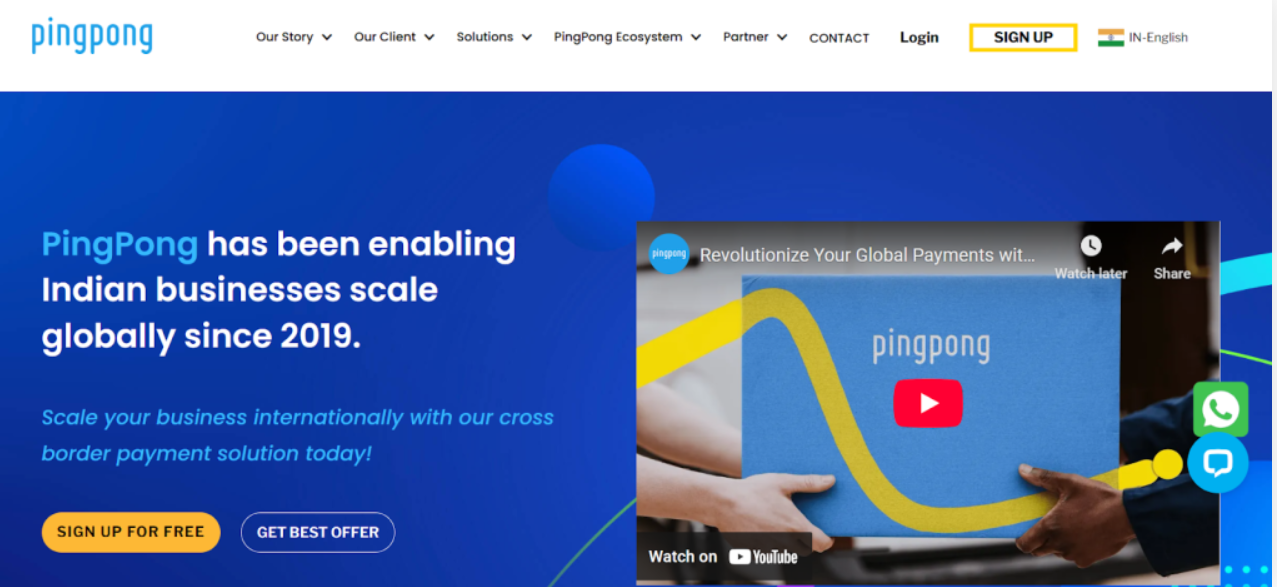The increasing prevalence of tech in educational settings has sparked important discussions about finding the right balance between digital and traditional learning approaches. While technology offers unprecedented opportunities for personalized learning and engagement, concerns about excessive screen time and its potential impacts on development persist. Educational stakeholders are now tasked with developing thoughtful approaches that harness technological benefits while preserving valuable aspects of conventional learning methods.
The Digital Immersion of Modern Education
Today’s students are growing up in an environment where digital devices are ubiquitous, transforming how they access information and engage with educational content.
The Proliferation of Educational Technology
Educational technology has expanded dramatically, with schools implementing a wide array of digital tools, from interactive smartboards to individual student devices. Learning management systems, educational apps, and online resources have become staples in many classrooms, creating increasingly digital learning environments.
Pandemic-Driven Acceleration
The COVID-19 pandemic dramatically accelerated technology adoption in education, with remote learning necessitating increased screen time for students of all ages. This global shift highlighted both the capabilities and limitations of technology-mediated education, raising new questions about optimal approaches to learning.
The Role of Teachers in Managing Digital Integration
Educators serve as the primary mediators between students and technology, making critical decisions about when and how to incorporate digital tools into instruction.
Curating Digital Experiences
Skilled teachers carefully select digital resources and activities that align with specific learning objectives, rather than using technology for its own sake. This thoughtful curation ensures that screen time serves meaningful educational purposes and complements other learning approaches.
Modeling Balanced Technology Use
Teachers demonstrate healthy technology habits through their own practices, showing students that digital tools are valuable resources to be used purposefully rather than constant companions. This modeling helps students develop their own sense of balance and intentionality around technology use.
Differentiating Digital Integration
Effective educators recognize that appropriate technology integration varies based on subject matter, student age, learning objectives, and individual needs. They make nuanced decisions about when technology enhances learning and when traditional approaches might be more effective.
Benefits of Technological Learning Tools
Digital educational resources offer numerous advantages that can significantly enhance the learning experience when thoughtfully implemented.
Personalized Learning Pathways
Adaptive learning platforms can tailor content difficulty, pacing, and presentation to individual student needs, creating personalized learning experiences that would be difficult to achieve through traditional methods alone. This customization helps address diverse learning styles and abilities within a classroom.
Enhanced Engagement Through Interactivity
Interactive digital content can capture student interest and increase motivation, particularly for topics that might otherwise seem abstract or disconnected from students’ experiences. Simulations, educational games, and multimedia presentations can bring concepts to life in compelling ways.
Expanded Access to Resources
Technology removes geographical barriers to information access, allowing students to explore primary sources, connect with experts, and experience virtual field trips regardless of their physical location. This democratization of information access can help level the educational playing field.
Development of Digital Literacy
In an increasingly digital world, students need opportunities to develop technological competencies. Educational technology use helps students build these essential skills while engaging with curriculum content, preparing them for future academic and professional environments.
Value of Traditional Learning Approaches
Despite technological advances, traditional educational methods retain significant value that should not be overlooked in the rush toward digitization.
Importance of Physical Books and Materials
Print materials offer distinct cognitive benefits, including deeper reading comprehension and reduced distraction. The physicality of books, manipulatives, and hands-on materials provides sensory experiences that support learning in ways digital tools cannot replicate.
Benefits of Handwriting and Manual Skills
Research suggests that handwriting activates neural pathways that support literacy development and information retention. Manual skills development, from penmanship to laboratory techniques, remains essential even in digitally enhanced learning environments.
Face-to-Face Communication Development
In-person interactions foster crucial communication skills, including reading facial expressions, understanding body language, and practicing real-time conversation dynamics. These interpersonal capabilities develop most naturally through direct human interaction rather than screen-mediated communication.
Unplugged Creative and Critical Thinking
Activities that require students to think creatively without technological assistance—such as discussion circles, debates, art projects, and hands-on problem-solving—develop important cognitive capabilities. These unplugged experiences encourage students to generate original ideas rather than simply consuming content.
Concerns About Excessive Screen Time
The rapid increase in educational technology use has raised legitimate concerns about potential negative impacts of extended screen time on developing minds.
Physical Health Considerations
Extended screen use is associated with various physical health concerns, including digital eye strain, disrupted sleep patterns, and reduced physical activity. These issues can affect student wellbeing and, consequently, their readiness to learn effectively.
Attention and Cognitive Development
Some research suggests that certain types of screen activities may impact attention span and deep thinking capabilities. The constant stimulation and immediate feedback of many digital activities may potentially affect students’ ability to sustain focus on less immediately rewarding tasks.
Social-Emotional Development Implications
Excessive substitution of digital for in-person interaction may influence the development of empathy, emotional intelligence, and social skills. Students need sufficient opportunities to practice reading social cues and navigating interpersonal dynamics in physical settings.
Digital Distractions and Multitasking
The multifunctional nature of digital devices presents inherent challenges to focused attention, with notifications, games, and social media potentially diverting students from educational content. This environment can encourage multitasking behaviors that research suggests may reduce learning effectiveness.
Frameworks for Balanced Integration
Educational leaders have developed various approaches for thoughtfully combining digital and traditional methods to maximize learning benefits while minimizing potential drawbacks.
Purpose-Driven Technology Selection
Effective integration begins with clear learning objectives, with technology selected only when it offers unique advantages for achieving specific goals. This approach treats technology as one of many available tools rather than a default instructional mode.
Age-Appropriate Digital Exposure
Guidelines for screen time often consider developmental stages, with more limited and structured technology use for younger students and gradually increasing autonomy for older learners. These developmental considerations help ensure technology use aligns with cognitive and social-emotional readiness.
Digital Wellness Education
Many schools now explicitly teach students to recognize and manage their own technology habits. These digital citizenship curricula help students develop awareness of how screen time affects them and strategies for maintaining healthy digital relationships.
Alternating Digital and Analog Experiences
Effective educators often design learning sequences that intentionally move between digital and traditional modalities. This rhythmic alternation capitalizes on the benefits of both approaches while mitigating the potential downsides of excessive reliance on either.
Strategies for Implementing Balanced Approaches
Practical strategies can help educational communities implement thoughtful integration of digital and traditional learning methods.
Technology-Free Zones and Times
Designating specific physical spaces and time periods as technology-free helps create boundaries around digital use and ensures that unplugged learning experiences remain part of the educational landscape. These digital breaks can become valued opportunities for different types of engagement.
Mindful Transitions Between Modalities
Educators can help students develop awareness of how different learning modalities affect their thinking by explicitly discussing transitions between digital and traditional activities. This metacognitive approach helps students become more intentional about their engagement with various learning tools.
Complementary Pairing of Digital and Traditional Methods
Thoughtful lesson design often involves pairing digital and traditional approaches that complement each other, such as online research followed by in-person debates, or digital skill practice followed by application in hands-on projects. These pairings leverage the strengths of each approach.
Regular Evaluation of Technology Impact
Ongoing assessment of how specific technologies affect learning outcomes, engagement, and student wellbeing allows for continuous refinement of integration strategies. This evidence-based approach ensures that digital tools truly enhance rather than detract from educational experiences.
Conclusion
Finding the optimal balance between screen-based learning and traditional educational methods remains one of the central challenges facing modern education. Rather than viewing this as a binary choice, forward-thinking educators recognize the need for thoughtful integration that leverages the unique benefits of both approaches. By carefully considering developmental needs, learning objectives, and potential impacts, educational communities can create balanced learning environments that prepare students for a world that is increasingly digital without sacrificing the irreplaceable elements of traditional education.
The most effective educational approaches moving forward will likely be those that maintain technology as a powerful tool in service of learning rather than the central focus of education itself. By preserving this perspective, educators can help students develop healthy relationships with technology while still benefiting from its remarkable capabilities to enhance and expand learning opportunities.












